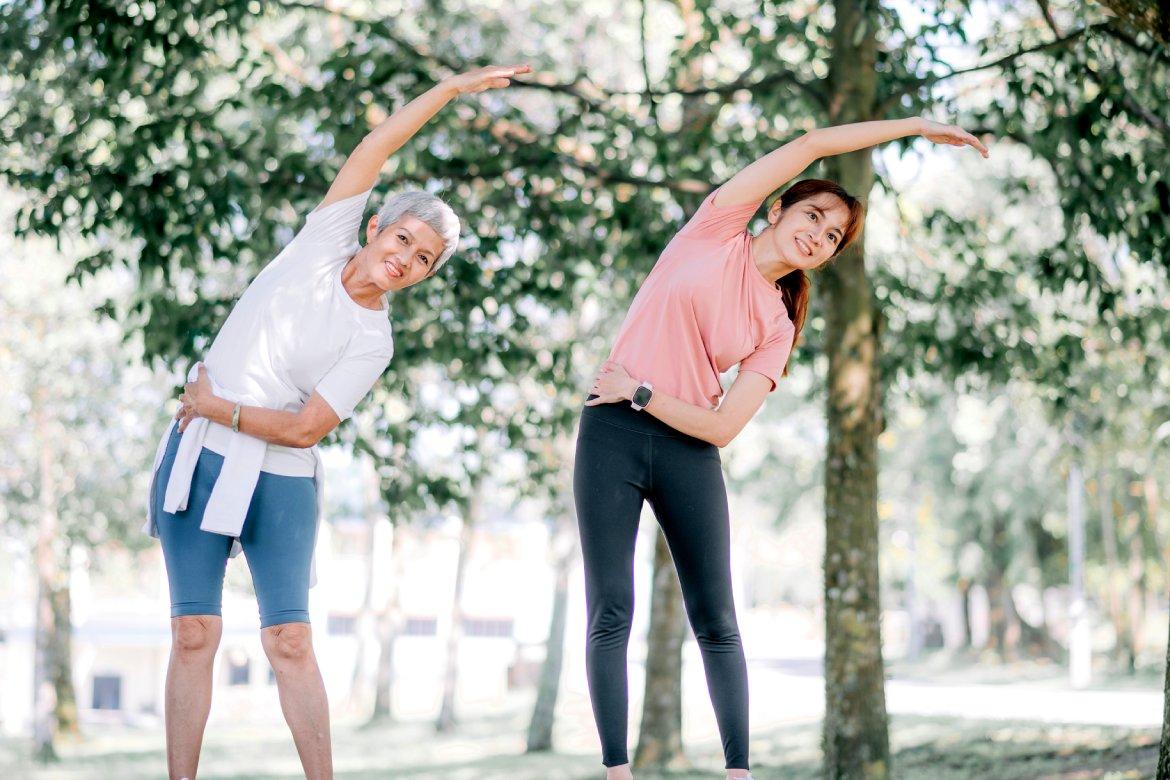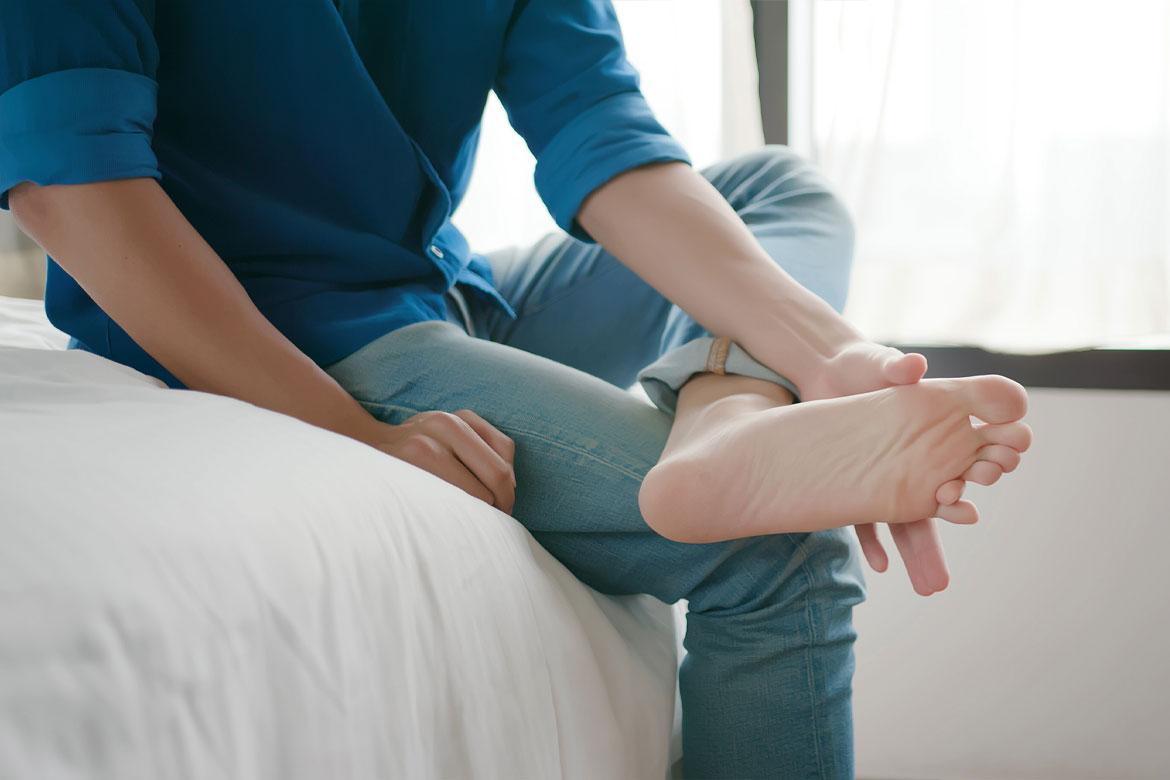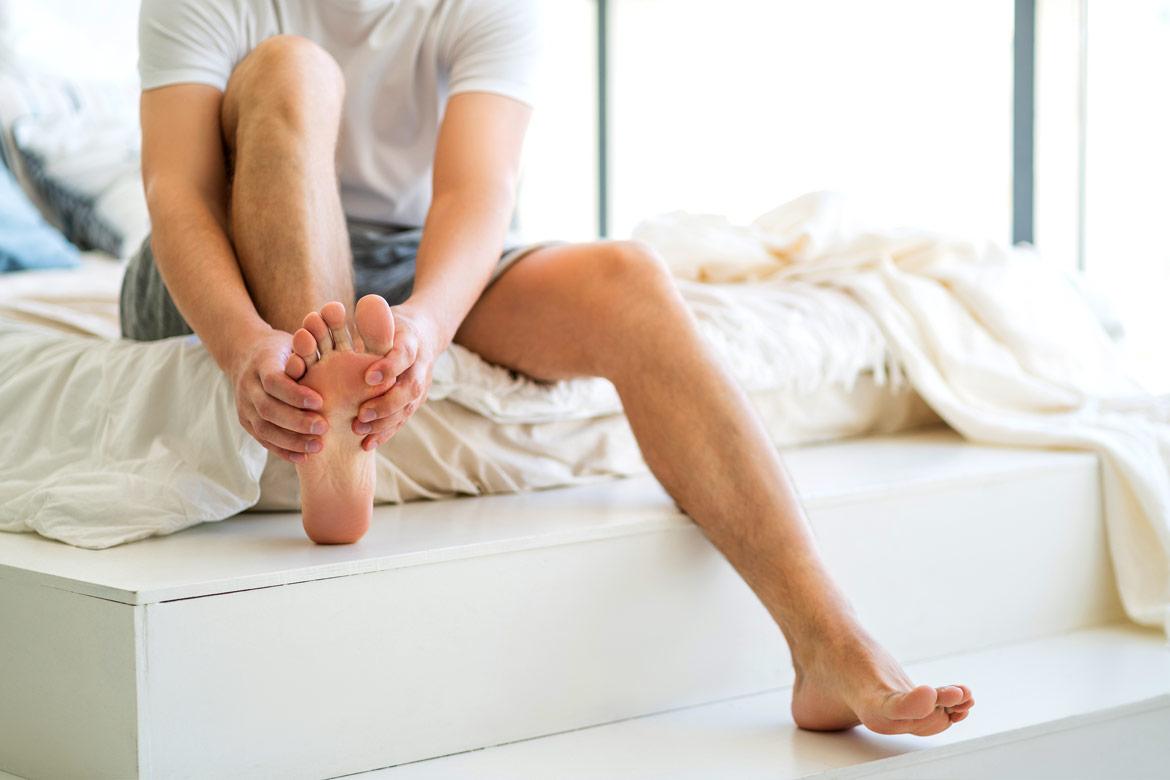-
-
Featured Care Areas

Cervical & Lumbar Spondylosis
Frequently asked questions
A: Spondylosis is a chronic degenerative condition where the discs between the vertebrae (spinal bones) lose their cushioning effect and the ligaments thicken. It is not reversible, but the symptoms can be managed with medication and lifestyle changes. Appropriate exercise, physiotherapy and medications can also delay the progression of the disease.
A: Good back care, posture and lifestyle changes can help to prevent wear and tear of the vertebrae (spinal bones) and reduce the risk of back pain. This includes good ergonomics while sitting and standing and proper form when lifting heavy objects.
A: Appropriate exercises may be helpful in stretching the muscles in the back and spine. These include yoga postures such as child’s pose, bridge pose, downward facing dog pose, cobra pose, locust pose, mountain pose, cat and cow pose and staff pose.
Leg and core strengthening exercises are also helpful to support the back. These include wall sits, planks and leg raises.
You can also increase the flexibility and release the muscles in the neck, shoulders and chest with chin tucks, shoulder rolls and corner stretches. Walking is also a great exercise as it is a low-impact way to build bone density.
To ensure these exercises are appropriate for your condition, please speak with your doctor or physiotherapist prior to starting them.
A: The severity of lumbar spondylosis depends on how much degeneration has occurred. In most cases it is not so serious and can be managed well with medication and lifestyle changes.
Not everyone experiences pain, although the condition can also cause other symptoms such as stiffness, numbness and weakness in the arms and legs. With proper care you can slow down the progression of the disease.
A: The degeneration caused by spondylosis can cause the spinal canal to narrow, leading to spinal stenosis, which is when the spinal cord or its associated nerves become pinched.
A: If you have spondylosis, it is important to remain active and do appropriate exercises to keep the muscles and bones in the back strong and limber. Maintaining a healthy weight and not smoking also help to lower the risk of symptoms. To avoid pain when lifting heavy objects, it is important to adopt proper form.
A: Spondylosis can worsen over time as it is a chronic degenerative condition. However, medication can be taken to control symptoms when there is severe pain or when the pain affects daily activities. Lifestyle changes, appropriate exercise and physiotherapy can also help you manage the symptoms.
A: Although it is a chronic condition and may cause pain, stiffness and discomfort, cervical spondylosis is not life-threatening. It can be managed well with medications, lifestyle changes and appropriate exercise.
A: There is no cure for spondylosis. However, you can manage symptoms and slow down its progression with lifestyle changes, appropriate exercise as well as physiotherapy.
This coverage checker is brought to you by Health Insured, an online resource that helps you understand your health coverage in Singapore.
This page has been reviewed by our medical content reviewers.
Need help?
For enquiries, please call
+65 6575 7575
For appointment bookings, please WhatsApp
+65 8111 9777








